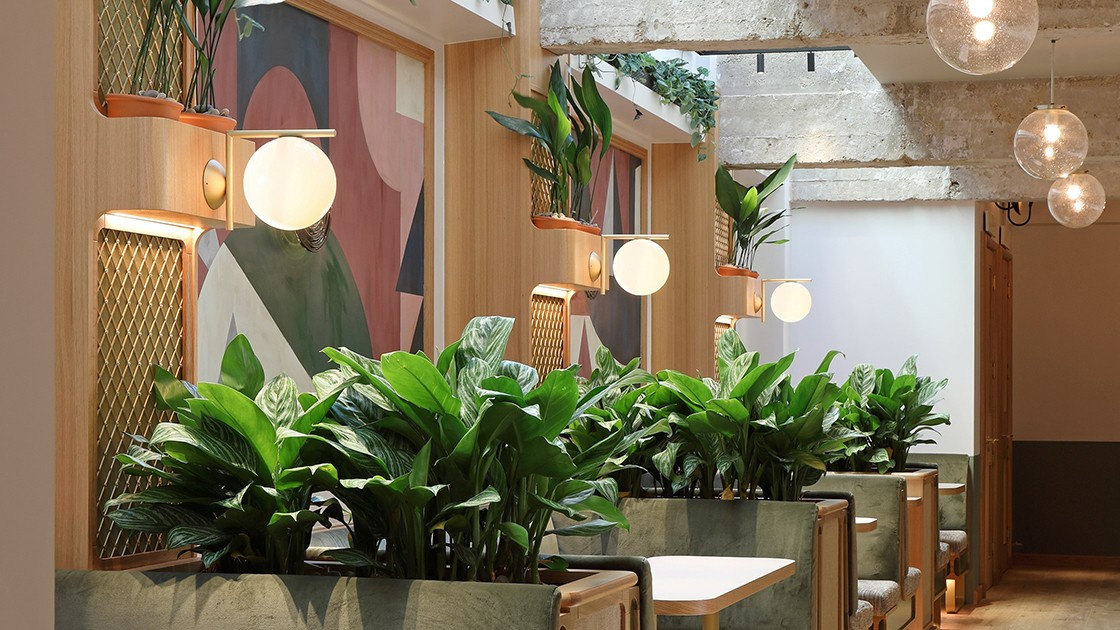
Freelance Interior Design That Beautifying Spaces on Web Workrs
Freelance Interior Design That Beautifying Spaces on Web Workrs
In the era of remote work and virtual connections, the world of freelance interior design has undergone a significant transformation. Freelance interior designers are now leveraging the power of the internet and online platforms to beautify spaces for clients all over the globe. This dynamic field has opened up new possibilities, allowing designers to showcase their talents, connect with clients, and create stunning interiors without the constraints of physical location. In this article, we will delve into the world of freelance interior design on the web, exploring its benefits, challenges, and the keys to success in this exciting profession.
The Rise of Freelance Interior Design in the Digital Age
The rise of freelance interior design can be attributed in part to the digital age. As more and more businesses and individuals turn to the internet for various services, the demand for remote interior design expertise has surged. Freelancers, who were once limited to local clients, now have the opportunity to work with people from all corners of the world.
- The Power of Online Portfolios
One of the key advantages of freelance interior designers in the digital age is the ability to create and showcase online portfolios. These portfolios serve as a virtual showroom where designers can display their past projects, design aesthetics, and creative skills. This visual representation of their work helps them attract potential clients and build a solid online presence.
- Global Clientele
The internet has erased geographical boundaries for freelance interior designers. They can now collaborate with clients located thousands of miles away. This global reach not only broadens their client base but also exposes them to diverse design styles and preferences from different cultures, enriching their creativity and problem-solving skills.
- Virtual Design Tools
Technology has introduced a plethora of virtual design tools that freelance interior designers can harness to enhance their work. From 3D modeling and virtual reality simulations to online mood boards and design software, these tools enable designers to bring their ideas to life and present them effectively to clients, even from a distance.
Challenges Faced by Freelance Interior Designers in the Digital Realm
While the digital age offers numerous opportunities for freelance interior designers, it also presents unique challenges that they must navigate to thrive in this competitive field.
- Intense Competition
The online landscape is flooded with freelance interior designers, making the field highly competitive. To stand out, designers must not only showcase their talent but also develop strong marketing and branding strategies to attract potential clients.
- Building Trust Remotely
Establishing trust with clients can be challenging when working remotely. Clients may be hesitant to hire a designer they have never met in person. Freelancers need to employ effective communication, transparency, and professionalism to build trust and reassure clients of their expertise.
- Time Zone Differences
Working with clients across different time zones can be tricky. Designers must be flexible with their schedules and find ways to accommodate clients' availability, ensuring smooth communication and project progress.
Keys to Success in Freelance Interior Design on the Web
While freelance interior design in the digital age comes with its share of challenges, there are several keys to success that can help designers thrive in this dynamic field.
- A Strong Online Presence
Building a robust online presence is essential. Designers should invest in creating an impressive website and maintaining active profiles on social media platforms like Instagram and Pinterest to showcase their work and connect with potential clients.
- Effective Communication Skills
Effective communication is the cornerstone of success in remote interior design projects. Designers must be excellent listeners, ask the right questions, and maintain clear and consistent communication with clients throughout the design process.
- Versatility and Adaptability
The ability to adapt to different design styles and preferences is crucial. Freelancers should be versatile in their approach and willing to explore various design aesthetics to meet the unique needs and preferences of each client.
- Continuous Learning
Interior design trends evolve over time. Successful freelance interior designers keep themselves updated with the latest design trends, materials, and technologies to offer innovative and up-to-date solutions to their clients.
- Professionalism and Ethics
Maintaining a high level of professionalism and ethical conduct is non-negotiable. Freelancers should adhere to deadlines, be transparent about pricing, and prioritize client satisfaction to build a strong reputation in the industry.
Freelance interior design has found a new dimension in the digital age, with designers harnessing the power of the internet to beautify spaces for clients around the world. While this transformation brings both opportunities and challenges, those who embrace the keys to success—such as building a strong online presence, effective communication, adaptability, continuous learning, and professionalism—are well-positioned to excel in this dynamic field. As the digital landscape continues to evolve, freelance interior design will likely remain a vibrant and growing profession, shaping the aesthetics of spaces across the globe.
For More Articles you can go through these links:-
Top Freelance Niches on Web Workers
Time Management Hacks for Web Workrs
Pricing Your Freelance Services on Web Workrs
Crafting Persuasive Proposals on Web Workrs
Thriving as a Remote Freelancer on Web Workrs
Networking Strategies for Web Workrs Success
Effective Marketing for Web Workrs Beginners
